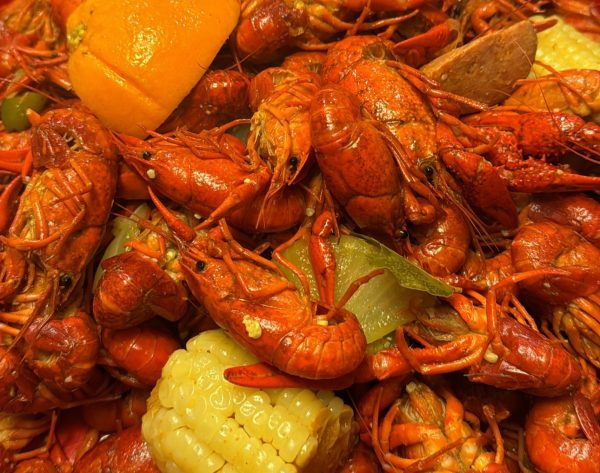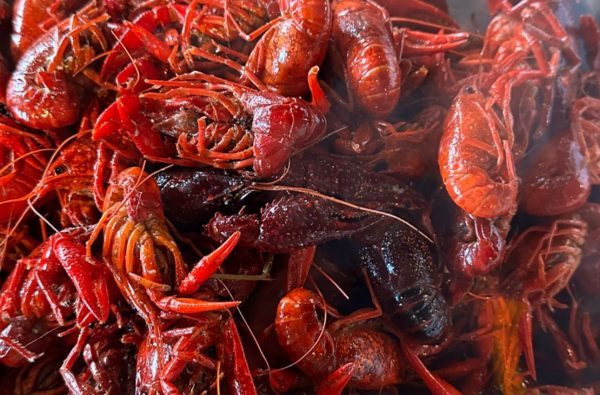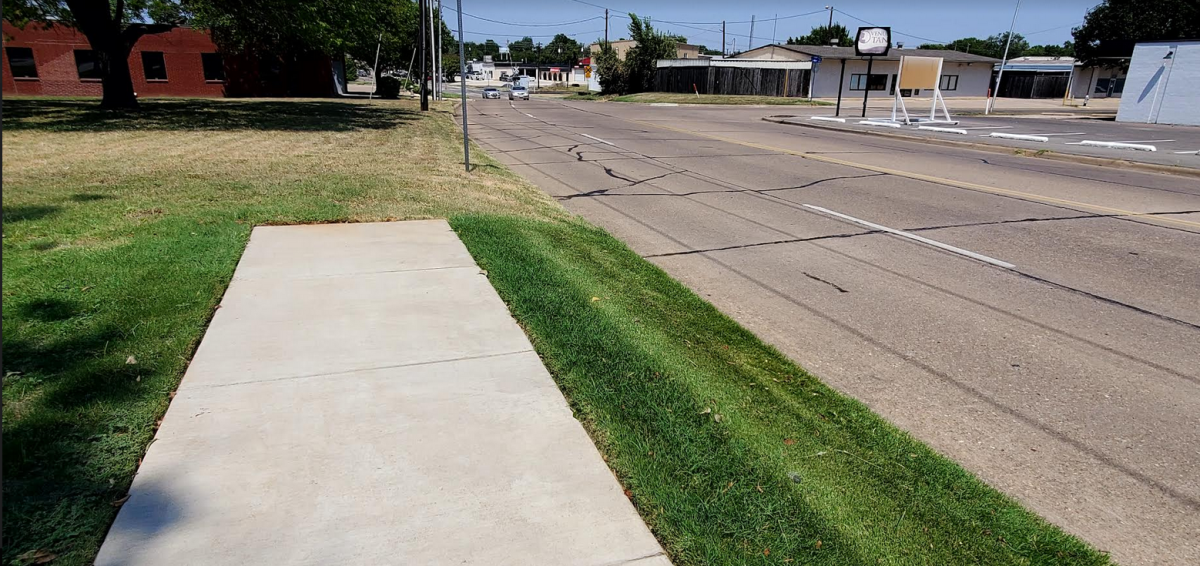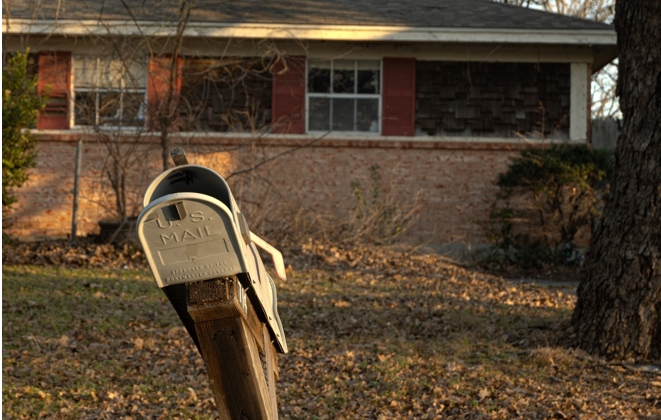ARLINGTON, Texas—Record summer heat and drought in 2023 has taken a toll on the crawfish industry this spring, with crawfish farmers, restaurant owners and consumers feeling the pinch of a shortage of the crustaceans.
C. Greg Lutz, an aquaculture professor at Louisiana State University’s School of Renewable Resources, had concerns as early as July when cracks began to form in Louisiana’s fabled crawfish ponds because of the heat and drought.
“When this happens, if those cracks intersect with a mama’s crawfish burrow, she’s no longer sealed up inside there, and the burrow will dry up and she’ll die,” Lutz said.
Rain is big factor when maintaining a crawfish field. There were no baby crawfish in September or October because of a lack of rain—and also because a lot of the mama crawfish were dead. There were no sightings of baby crawfish in some farms until December.

“One of the first things we saw—even in ponds that producers were able to pump water from wells to get some water in the pond in September or October—we did not see any baby crawfish, which we normally would at that time,” Lutz said. “That’s because we didn’t get any rain until probably that first week of December.”
LSU Aquaculture has a mailing list of more than 1,500 people who are involved in the crawfish industry. LSU informed crawfish farmers about concerns for the upcoming season.
“We sent out an email that first week of August trying to give everyone a heads up,” Lutz said.
The email included suggestions for farmers to treat their crawfish farms to help minimize their losses because of the heat and drought.
The emails said, “Hey, these are unprecedented drought conditions, all of these bad things are gonna happen to your root stock [and] reproductive stock down in the ground,” Lutz said. “We’ve never seen anything like this, [and] we would recommend flushing your fields, fertilize your rice so that it keeps the water cooler.”
Lutz said that as early as March, it was clear the situation represented an economic disaster.
“The thing is, it’s not just the crawfish producers,” Lutz said. “They’ve got distributors that they sell to from their farm, then those distributors sell to restaurants and retail stores. The economic fallout is just tremendous.”
Many crawfish ponds in Louisiana are in rotation with rice and will need to be restocked at the end of the season to re-establish the population for hopes of a better season next year.
“We’ll probably have somewhere around maybe 180,000 acres of crawfish ponds that will need to be restocked at the end of the season,” Lutz said. “A lot of those producers are either not gonna be able to find enough crawfish to repopulate the ponds or they’re not gonna be able to afford any crawfish to repopulate because this season was already a total loss.”
As a result, this season’s shortage will likely lead to another next year even if weather conditions improve.

“That means next season there will be a lot less acres in production probably, and that’s even if the weather behaves through the summer and we get a more normal rain pattern,” Lutz said.
Crawfish have been hard to come across this season. Because of the shortage, prices are high. David Snell said his catering company, Cajun Crawfish Company in Lewisville, Texas, typically starts selling crawfish in January or February, but this year he couldn’t.
“Our cost to buy crawfish in January or February if we did want to buy it was $8-$10 a pound, and that is insane,” Snell said. “I’ve never seen that in 26 years. If I am buying it at $8, I’m billing people at $10, and that’s only a 25% mark up and that is horrible.”
Many businesses did not begin selling crawfish until the first week of March this year.
Snell said crawfish sales are typically highest during Holy Week.
“That week of Good Friday and Easter is the busiest week of the year outside out of Memorial Day,” Snell said. “The demand for crawfish will be the highest that week.”
Business partner Phil Tullis at the THE Cajun Market in Bedford, Texas, grew up in South Louisiana and then spent extensive time in Baton Rouge. While there, he developed friendships in the LSU agriculture department.
“I had friends calling me in late November telling me, ‘Hey, Phil, here’s a heads up, this is what’s going on because of the drought,” Tullis said. “It helped me let people know on Facebook. Especially having an economics degree, [I know] it’s supply and demand, and supply is limited yet demand keeps growing off the chart.”
THE Cajun Market is down to about $8.95 a pound for crawfish, but its prices started out as high as $14.95. This time last year, Tullis said he was selling crawfish around $6.99 a pound.
“I dropped as quick as I could to like $12.95,” Tullis said. “They were still coming in to buy them, and it shocked me at that price. We had people not buy as much as they usually do but still paying that larger price for them.”
Locally, a University of Texas at Arlington fraternity, Alpha Tau Omega, still has plans for its 10th annual crawfish boil on April 7. Proceeds will help benefit the children at Wipe Out Kids’ Cancer. Organizers said their chief concern is the cost of crawfish.

“The biggest concern was the almost doubling in price in crawfish,” Alpha Tau Omega crawfish chair Jacob Skidmore said. “The average price in 2022 was $3.88 a pound for live crawfish, and currently it’s around $6.77 a pound. When a brother and I were looking, some sellers we found were even up to $8.50 a pound, and that really hurts our profit margins when each plate you are only making a couple dollars. That’s a lot less money donated towards WOKC.”
Organizers were concerned whether they could get crawfish for the fundraising event.
“We were revisiting changing almost the whole format of the event to accommodate the shortage,” Skidmore said. “We looked into different alternatives for crawfish. But at the end of the day, we decided it is a crawfish boil, so we are gonna stick with the overall crawfish and not mix in anything else. We are just gonna have to find different ways to increase our profit margins.”








































